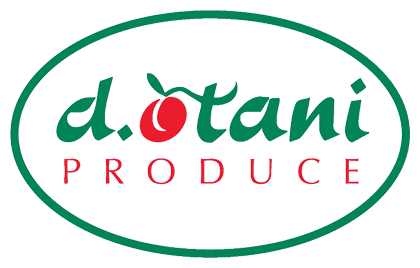![]() Wisconsin’s fresh cranberry crop “looks really good after under-performing over the last two years,” according to Bob Wilson, managing member of The Cranberry Network LLC. The Cranberry Network is the marketing agency for Habelman Bros. Co.
Wisconsin’s fresh cranberry crop “looks really good after under-performing over the last two years,” according to Bob Wilson, managing member of The Cranberry Network LLC. The Cranberry Network is the marketing agency for Habelman Bros. Co.
“The growers I work with are feeling very optimistic” about the crop, he said. “Only unfortunate weather such as hail events could wreck the season.”
In 2020, Habelman’s cranberries had a good bloom, good fruit set and were not flooded with excessive rain. “Growers like to manage water application through irrigation versus dealing with perpetually heavy rainfall,” which thus far has been possible because of a fairly balanced rainfall during the growing season. “It’s been hot and dry enough. The fruit is continuing to size very, very nicely.”
Habelman’s is expecting “great quantity and quality. That’s what we’re thinking at this point.”
Wilson said the Cranberry Marketing Committee has projected the total North American cranberry crop this year will be up by more than 1 million barrels over last year. One barrel unit weighs 100 pounds.
Wilson said North America’s three major cranberry-producing regions are Massachusetts, Quebec and Wisconsin. By more than a factor of two, Wisconsin is the largest producer of fresh cranberries as well as cranberries destined for processing. Only about 3 percent of the total crop goes to the fresh market.
Located in Tomah, WI, Habelman is one of the world’s largest fresh market cranberry producers. In 2020, Habelman’s cranberry harvest is expected to begin in week 39, or, about Sept. 21. Harvest should run through October. The firm will pack and ship through mid-December.
Traditionally, about 55 percent of the fresh cranberry crop is packed and sold in November. Twenty-five percent is packaged and sold in December. “The rest is sold in the front end of the season — September and October.” Some of that early volume is shipped to Canada, where Thanksgiving is celebrated six weeks before Thanksgiving in the United States.
In 2008, The Cranberry Network launched its marketing effort on behalf of Habelman. Prior to that time, he said fresh cranberry suppliers had periodically “underperformed” in meeting commitments to fill retail orders for Thanksgiving. The Habelman/Cranberry Network collaboration guaranteed those Thanksgiving supplies, while also shipping to serve the many consumers who also want cranberries for Christmas.
He noted that Habelman is a fourth-generation company, which was launched in 1907. The Habelman family has the cranberry growing and packing management skills to fulfill its promises to its customers.
“We strive to be dependable partners with the retail industry and provide what they need when they need it. Within good service to retailers comes a willingness to serve retail demand for packing private label fresh cranberries.”
Among other options, Habelman packs a popular 32-ounce “grab and go” pre-formed bag with a zipper closure under the Naturipe label.
Wilson said the national demand for fresh cranberries has been “flat to slightly declining. In past years, grower returns have been down because of the general over-supply in the industry. So, some growers of process-grade cranberries have been attempting to enter the fresh cranberry market. They have a very, very different way of how they grow their fruit and it is not well-suited for the fresh market.”
Wilson observes that the practice of pushing process-grade cranberries into the fresh market results in fruit that does not hold its quality well in a produce cooler environment, bringing soft, juicy fruit that looks very unattractive in a plastic bag. Or, specifically, he said, “it’s absolute slop on the produce shelf. Nothing is more unappealing to a consumer than a bag of fresh cranberries with juice all over the place.” He hopes the fresh and processed cranberry industries, respectively, will “remain in their own lanes.”
Wilson said true fresh cranberry growers keep vine canopies thin thereby sacrificing up to half of their potential yield in order to yield produce-quality cranberries. Too much fruit on the vine causes individual berries to compete for nutrition from the vine. Berry shelf life can be reduced in this situation.
“There is a sweet spot for yields,” he said. Fresh growers want good volume, but not so much that individual berry development and keeping quality will be impaired. There is a threshold that good growers don’t want to surpass, particularly as fresh cranberry growers. It’s all about quality,” which involves properly manicuring the vines, proper nutrient application, precise handling methods as well as other factors.

